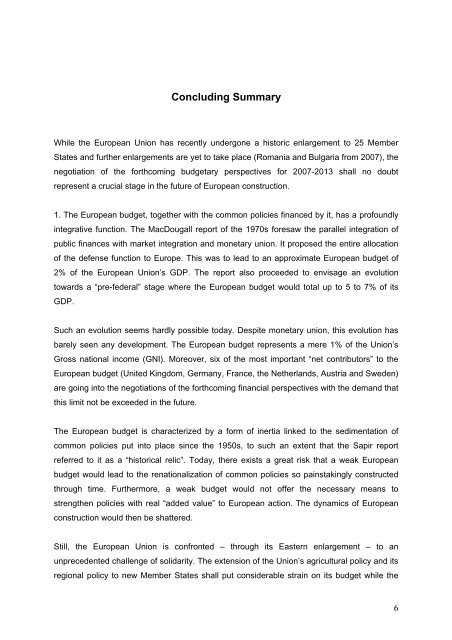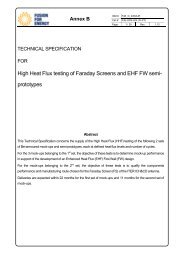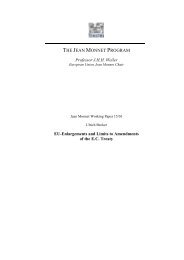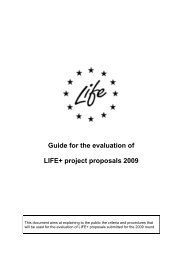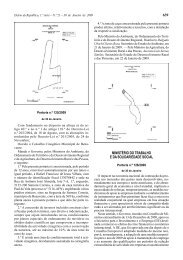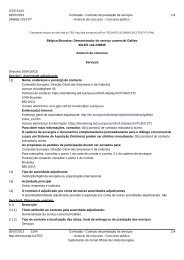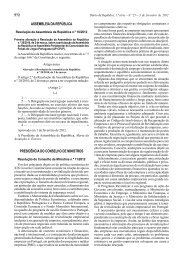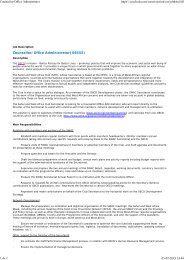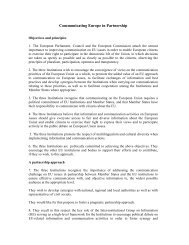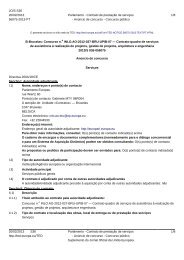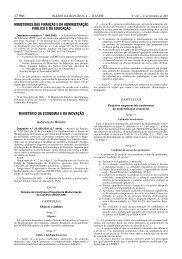What Kind of European Budget for 2013? - Infoeuropa
What Kind of European Budget for 2013? - Infoeuropa
What Kind of European Budget for 2013? - Infoeuropa
Create successful ePaper yourself
Turn your PDF publications into a flip-book with our unique Google optimized e-Paper software.
Concluding SummaryWhile the <strong>European</strong> Union has recently undergone a historic enlargement to 25 MemberStates and further enlargements are yet to take place (Romania and Bulgaria from 2007), thenegotiation <strong>of</strong> the <strong>for</strong>thcoming budgetary perspectives <strong>for</strong> 2007-<strong>2013</strong> shall no doubtrepresent a crucial stage in the future <strong>of</strong> <strong>European</strong> construction.1. The <strong>European</strong> budget, together with the common policies financed by it, has a pr<strong>of</strong>oundlyintegrative function. The MacDougall report <strong>of</strong> the 1970s <strong>for</strong>esaw the parallel integration <strong>of</strong>public finances with market integration and monetary union. It proposed the entire allocation<strong>of</strong> the defense function to Europe. This was to lead to an approximate <strong>European</strong> budget <strong>of</strong>2% <strong>of</strong> the <strong>European</strong> Union’s GDP. The report also proceeded to envisage an evolutiontowards a “pre-federal” stage where the <strong>European</strong> budget would total up to 5 to 7% <strong>of</strong> itsGDP.Such an evolution seems hardly possible today. Despite monetary union, this evolution hasbarely seen any development. The <strong>European</strong> budget represents a mere 1% <strong>of</strong> the Union’sGross national income (GNI). Moreover, six <strong>of</strong> the most important “net contributors” to the<strong>European</strong> budget (United Kingdom, Germany, France, the Netherlands, Austria and Sweden)are going into the negotiations <strong>of</strong> the <strong>for</strong>thcoming financial perspectives with the demand thatthis limit not be exceeded in the future.The <strong>European</strong> budget is characterized by a <strong>for</strong>m <strong>of</strong> inertia linked to the sedimentation <strong>of</strong>common policies put into place since the 1950s, to such an extent that the Sapir reportreferred to it as a “historical relic”. Today, there exists a great risk that a weak <strong>European</strong>budget would lead to the renationalization <strong>of</strong> common policies so painstakingly constructedthrough time. Furthermore, a weak budget would not <strong>of</strong>fer the necessary means tostrengthen policies with real “added value” to <strong>European</strong> action. The dynamics <strong>of</strong> <strong>European</strong>construction would then be shattered.Still, the <strong>European</strong> Union is confronted – through its Eastern enlargement – to anunprecedented challenge <strong>of</strong> solidarity. The extension <strong>of</strong> the Union’s agricultural policy and itsregional policy to new Member States shall put considerable strain on its budget while the6


